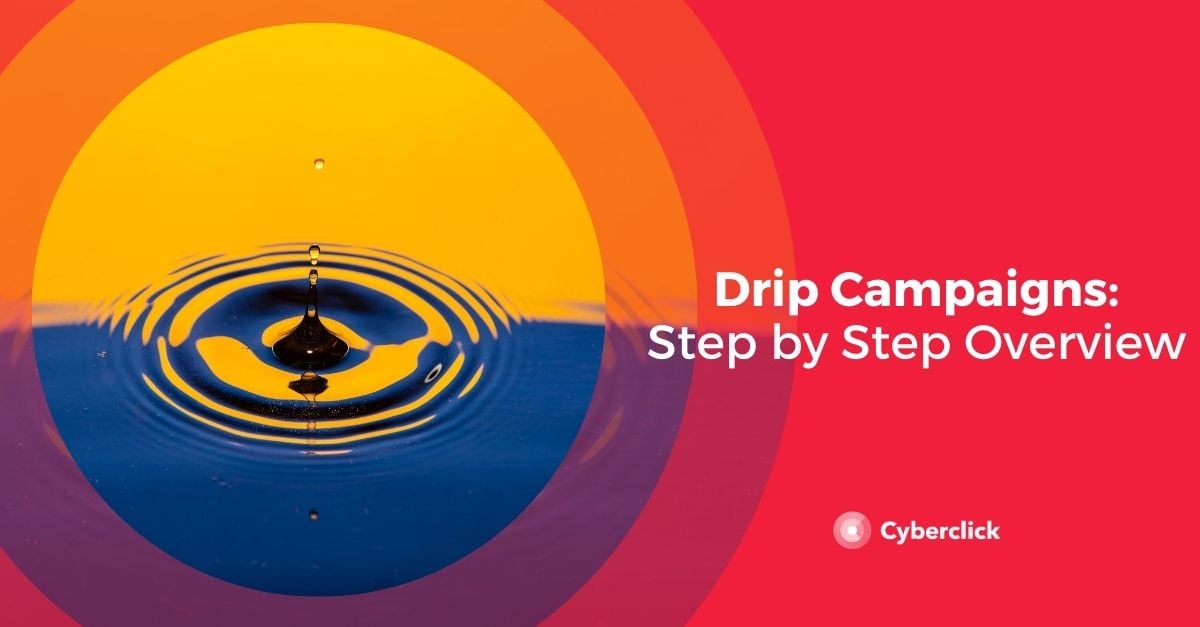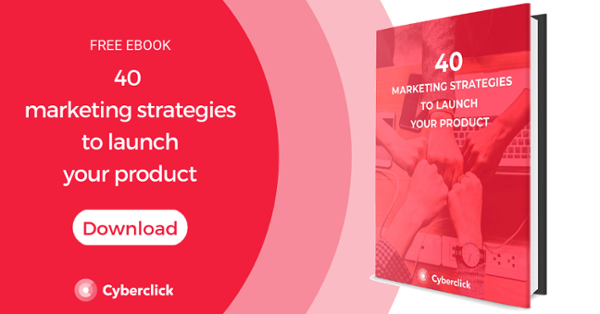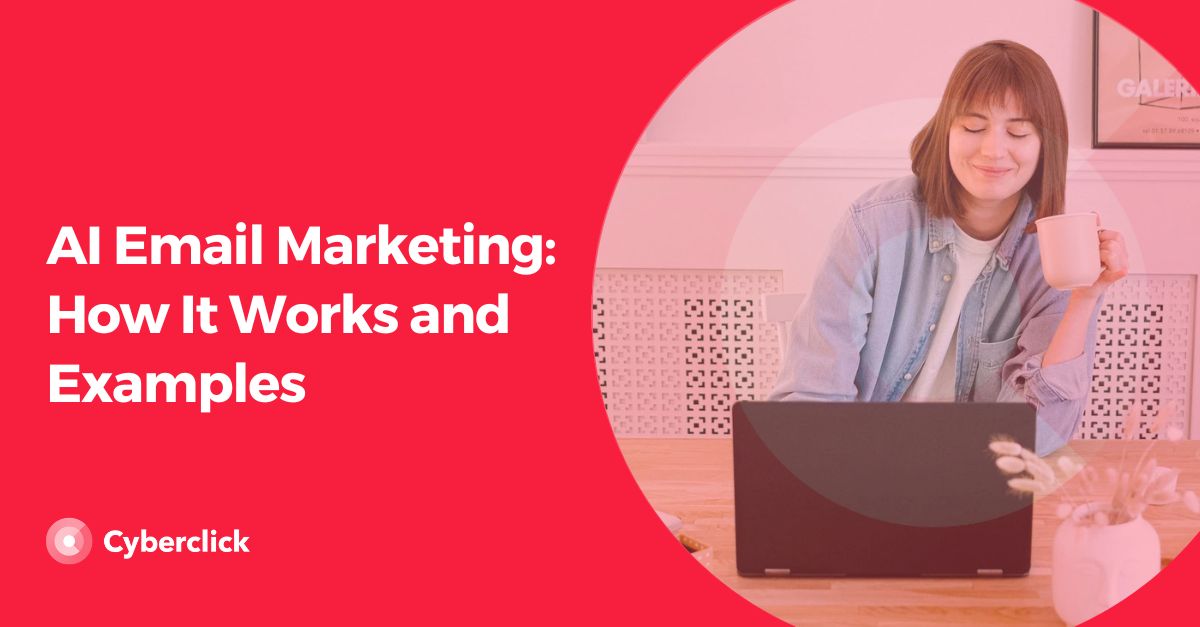Drip campaigns are a style of lead nurturing used in Direct Marketing that helps sort the flow of messages to users following a series of pre-designed "paths" according to their behavior.
Using a drip campaign we can segment different customer journeys much better and make sure that each person receives the right message at the right time. In this article we’ll review what drip campaigns are, what types there are, and the keys to making them work.

What Are Drip Campaigns?
Drip campaigns are communication processes to a brand's potential customers that follow a series of automated steps based on a user's reactions. If a drip campaign was represented visually, it would look a bit like a "tree" that branches out.
For example, if a user opens an email with a newsletter, a few days later another one will be sent with a video. If they play the video, the next email will encourage them to download a piece of content, like an ebook or whitepaper. If they are inactive, we will send them a reminder. And so on until the final conversion or discarding of the lead is achieved.
Types Of Drip Campaigns
There are many types of drip campaigns depending on the needs of the brand and the timing of the leads. Here are some ideas:
- Promotional: Based on getting conversions through promotions and discounts for a limited time.
- Educational: Offering interesting content related to the brand or teaching the lead how to use their products and services correctly.
- Competitive: Targeting customers of rival brands to get them to change their product.
- Positioning: Aimed at strengthening the brand image.
- Recovery: This type seeks to re-engage with users who have not been in contact with the brand for a long time.
Video: How to create an email drip campaign in HubSpot, step by step.
The Keys To Creating A Drip Campaign Step By Step
- Define your objectives: What do you want to achieve with your drip campaign? This type of campaign best serves lead nurturing direct marketing plans, with the final objective of converting contacts into customers.
- Segment properly: Targeting the right people is essential to achieve results. Therefore, you must prepare one or more inbound marketing buyer personas for your drip campaigns and create content according to each persona.
- Define your main messages: It is very important to target your emails according to the audience you are addressing: professionals (B2B) or consumers (B2C). We will also have to take into account the needs of the inbound buyer persona described above.
- Create different lists depending on the content preferences of your leads and the phase of the funnel in which they are.
- Design your communication flow: With all this data, you are now ready to write the different emails in the sequence and schedule the deliveries according to different events.
- Test and measure the results: The key to effective marketing is a scientific mindset. Design experiments with your mailing lists, measure the results periodically and never stop optimizing.
Licenciada en Publicidad y Relaciones Públicas por la UAB. Digital Marketing Strategist en Cyberclick.
Degree in Advertising and Public Relations from the UAB. Digital Marketing Strategist at Cyberclick.






Leave your comment and join the conversation